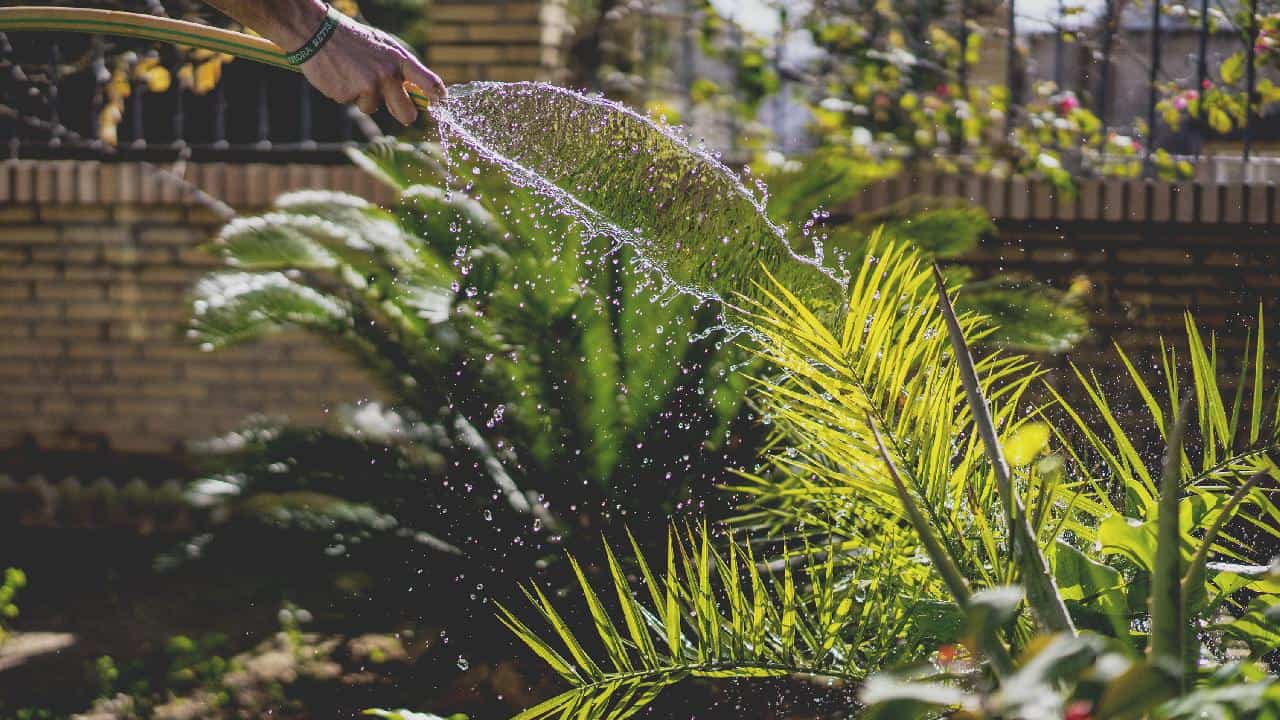Ah, the joys of homeownership! From leaky faucets to creaky floors, there’s always something to fix. But when it comes to uninvited guests of the six-legged (or more) variety, many of us fancy ourselves as amateur exterminators. After all, how hard can it be to spray a few bugs, right? Well, as it turns out, DIY pest control can be a bit like trying to perform surgery after watching a few YouTube videos – you might end up causing more harm than good!
Before we dive into the pitfalls of DIY pest control, let’s take a moment to appreciate the irony. We spend countless hours and dollars making our homes cozy and inviting, only to find out we’ve created a five-star resort for pests! It’s like throwing a party and having the uninvited guests show up with their entire extended family. So, grab your sense of humor (and maybe a can of bug spray) as we explore the hilarious and sometimes hair-raising world of DIY pest control.
Here’s a quick comparison of DIY vs. Professional pest control:
| Aspect | DIY Pest Control | Professional Pest Control |
|---|---|---|
| Cost | Initially cheaper | More expensive upfront |
| Effectiveness | Variable | Generally more effective |
| Time Investment | High | Low |
| Knowledge Required | Significant | Minimal (for homeowner) |
| Risk of Mistakes | High | Low |
| Long-term Results | Often short-lived | Usually longer-lasting |
Recent research published in the Journal of Integrated Pest Management in 2023 found that 68% of homeowners who attempted DIY pest control reported unsatisfactory results within six months. The study also revealed that 42% of DIY attempts led to increased pest activity due to improper application of treatments. These findings highlight the importance of understanding the potential pitfalls of DIY pest control before embarking on your own bug-busting adventure.
Now, let’s dive into the 35 pitfalls of DIY home pest control:
- Misidentifying the pest
You might think you’re dealing with ants when it’s actually termites. Congratulations, you’ve just wasted time and money on the wrong treatment while the real culprits continue their all-you-can-eat buffet in your walls. - Using the wrong products
Grabbing the first pesticide you see at the store is like trying to fix a computer with a hammer. Each pest requires specific treatments, and using the wrong one can be ineffective or even make the problem worse. - Improper application
Spraying pesticides like you’re watering plants isn’t just ineffective, it’s potentially dangerous. Overuse can harm your family, pets, and the environment. Plus, you’ll end up smelling like a chemical factory for days. - Ignoring safety precautions
Protective gear isn’t just for show. Skipping the gloves and mask might save you a few seconds, but it could cost you a trip to the emergency room. Is that really worth it to get rid of a few ants? - Not addressing the source
Killing visible pests without finding their entry points is like bailing water from a leaky boat without plugging the hole. You’ll be fighting an endless battle, and the pests will be laughing all the way to their hidden nests. - Overusing pesticides
More is not always better. Dousing your home in chemicals won’t create an impenetrable force field against pests. It will, however, create a toxic environment for you and your family. Congratulations, you’ve just turned your home into a hazardous waste site! - Neglecting regular maintenance
Pest control isn’t a one-and-done deal. Thinking you’ve solved the problem forever after one treatment is like expecting to stay in shape after one trip to the gym. Spoiler alert: the pests will be back, and they’ll bring friends. - Ignoring pest behavior
Different pests have different habits. Treating nocturnal pests during the day is about as effective as trying to catch fish in a desert. Understanding pest behavior is key to effective control. - Failing to prepare the area
Spraying pesticides without clearing the area first is like painting a room without moving the furniture. You’ll miss spots, and the pests will throw a party in the untreated areas. - Skipping proper disposal
Tossing pesticide containers in the regular trash is a big no-no. It’s not just bad for the environment; it could also attract more pests. Congratulations, you’ve just created a toxic playground for the neighborhood critters! - Relying solely on DIY methods
Sometimes, you need to call in the pros. Thinking you can handle every pest problem is like believing you can perform your own root canal. Some things are best left to the experts. - Ignoring label instructions
Those tiny letters on the pesticide bottle aren’t there for decoration. Ignoring them is like trying to bake a cake without following the recipe. The result? A mess that’s potentially toxic and definitely ineffective. - Not considering non-chemical alternatives
Going straight for the heavy-duty chemicals without considering natural alternatives is like using a sledgehammer to hang a picture. Sometimes, a gentler approach can be just as effective and much safer. - Failing to identify entry points
Treating the symptoms without addressing the cause is like putting a band-aid on a broken leg. If you don’t find and seal entry points, you’re just inviting pests to an endless buffet in your home. - Underestimating the infestation
Seeing one cockroach and thinking it’s no big deal is like seeing one iceberg and thinking the Titanic is safe. Where there’s one, there’s likely many more hiding. - Not considering the season
Different pests are active in different seasons. Treating for summer pests in winter is like wearing a swimsuit in a snowstorm. Timing is everything in pest control. - Ignoring professional advice
Thinking you know better than pest control experts is like believing you can outswim Michael Phelps. Sometimes, it’s best to swallow your pride and listen to the pros. - Using outdated methods
Relying on old wives’ tales for pest control is like trying to cure a cold with leeches. Pest control methods have evolved, and so should your approach. - Not keeping records
Forgetting what treatments you’ve used and when is like trying to solve a mystery without any clues. Keep track of your pest control efforts to avoid repeating mistakes. - Ignoring early warning signs
Waiting until you have a full-blown infestation to take action is like ignoring a small leak until your house floods. Early intervention is key in pest control. - Not educating family members
Failing to inform your family about pest control efforts is like trying to keep a diet while your spouse brings home donuts. Everyone needs to be on the same page for effective pest management. - Overlooking less obvious areas
Focusing only on visible areas is like cleaning only the parts of your house guests can see. Pests love hidden spots, so don’t forget to check attics, crawl spaces, and other nooks and crannies. - Using the wrong equipment
Trying to apply pesticides with makeshift tools is like trying to paint the Mona Lisa with a mop. Proper equipment is essential for effective and safe application. - Not considering pet safety
Forgetting about your furry friends when applying pest control is like inviting a vegetarian to a steakhouse. Many pesticides can be harmful to pets, so always keep their safety in mind. - Ignoring outdoor areas
Focusing solely on indoor pests is like locking your front door but leaving all the windows open. Many pest problems start outside, so don’t neglect your yard and garden. - Not addressing moisture issues
Ignoring leaks and dampness is like rolling out the red carpet for pests. Many insects and rodents are attracted to moisture, so fix those leaks pronto! - Failing to clean up after treatment
Leaving pesticide residue around is like forgetting to flush the toilet. It’s not just gross; it can be dangerous. Always clean up properly after applying treatments. - Not considering long-term solutions
Focusing only on quick fixes is like putting a band-aid on a broken arm. Long-term pest management requires a comprehensive approach, not just knee-jerk reactions. - Ignoring structural issues
Treating pests without addressing cracks and holes in your home’s structure is like trying to fill a bucket with a hole in it. Fix those entry points, or you’ll be fighting a losing battle. - Not rotating pesticides
Using the same treatment over and over is like telling the same joke repeatedly – eventually, it stops working. Pests can develop resistance, so mix it up! - Overlooking food sources
Treating pests without removing their food supply is like going on a diet but keeping a candy store in your house. Eliminate food sources to make your home less attractive to pests. - Ignoring neighbor’s pest problems
Treating your home while ignoring your neighbor’s infestation is like bailing water from a sinking ship while ignoring the guy drilling holes next door. Pest control often requires a community effort. - Not considering environmental impact
Using harsh chemicals without thought for the environment is like throwing plastic in the ocean to get rid of it. There are often eco-friendly alternatives that are just as effective. - Failing to follow up
Treating once and considering the job done is like going to the gym once and expecting to be fit for life. Effective pest control often requires follow-up treatments and monitoring. - Underestimating the importance of prevention
Waiting for a pest problem to occur before taking action is like waiting for a car crash to buy insurance. Prevention is always better (and cheaper) than cure in pest control.
While DIY pest control can sometimes be effective for minor issues, it’s often best to leave the big jobs to the professionals. After all, you wouldn’t perform your own root canal, would you? (If you would, please seek help immediately – and not for pest control!) Stay safe, stay pest-free, and when in doubt, call the experts. They’ve seen it all, and they promise not to laugh… too much.
Discover more from Futurist Architecture
Subscribe to get the latest posts sent to your email.



